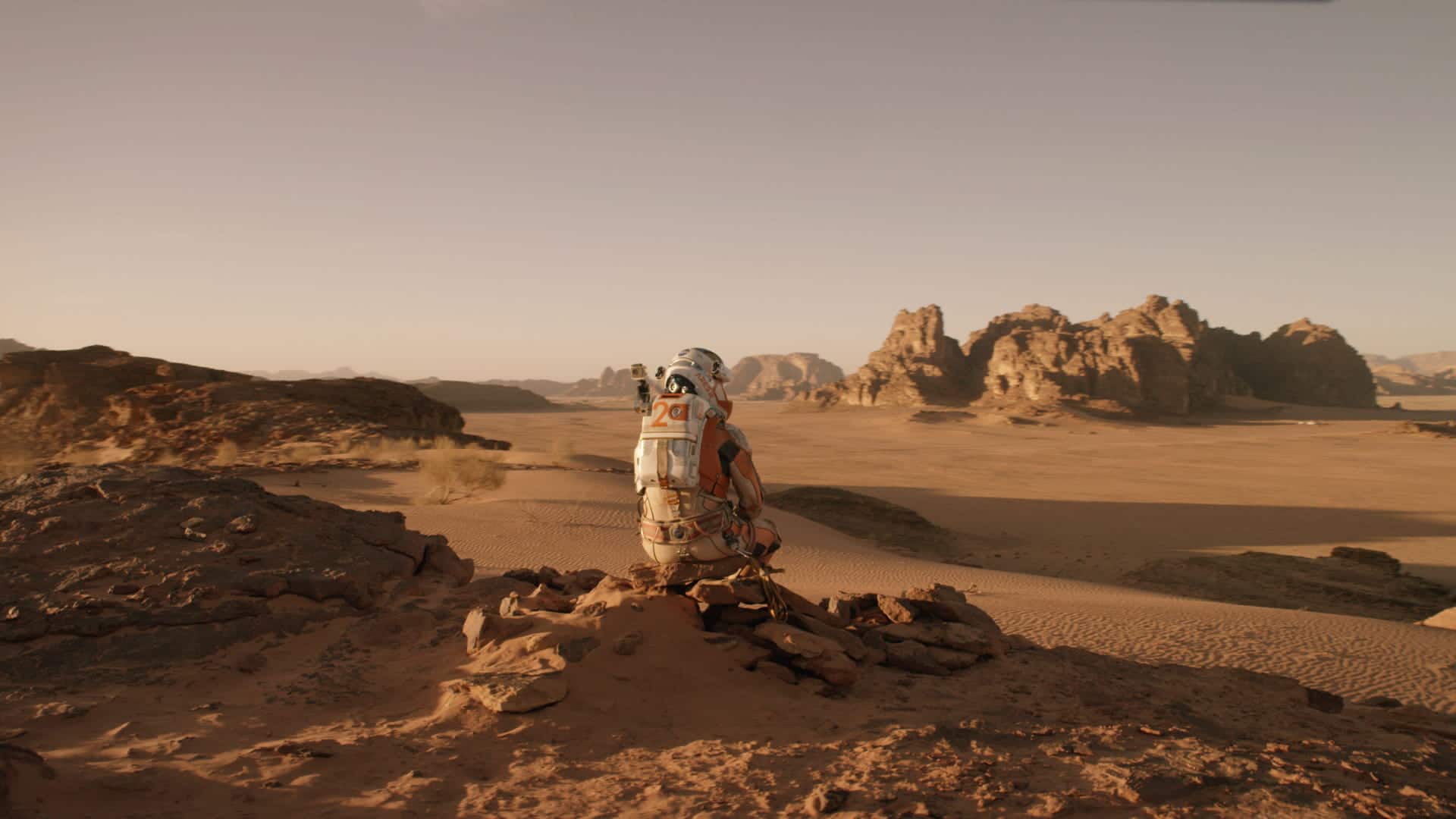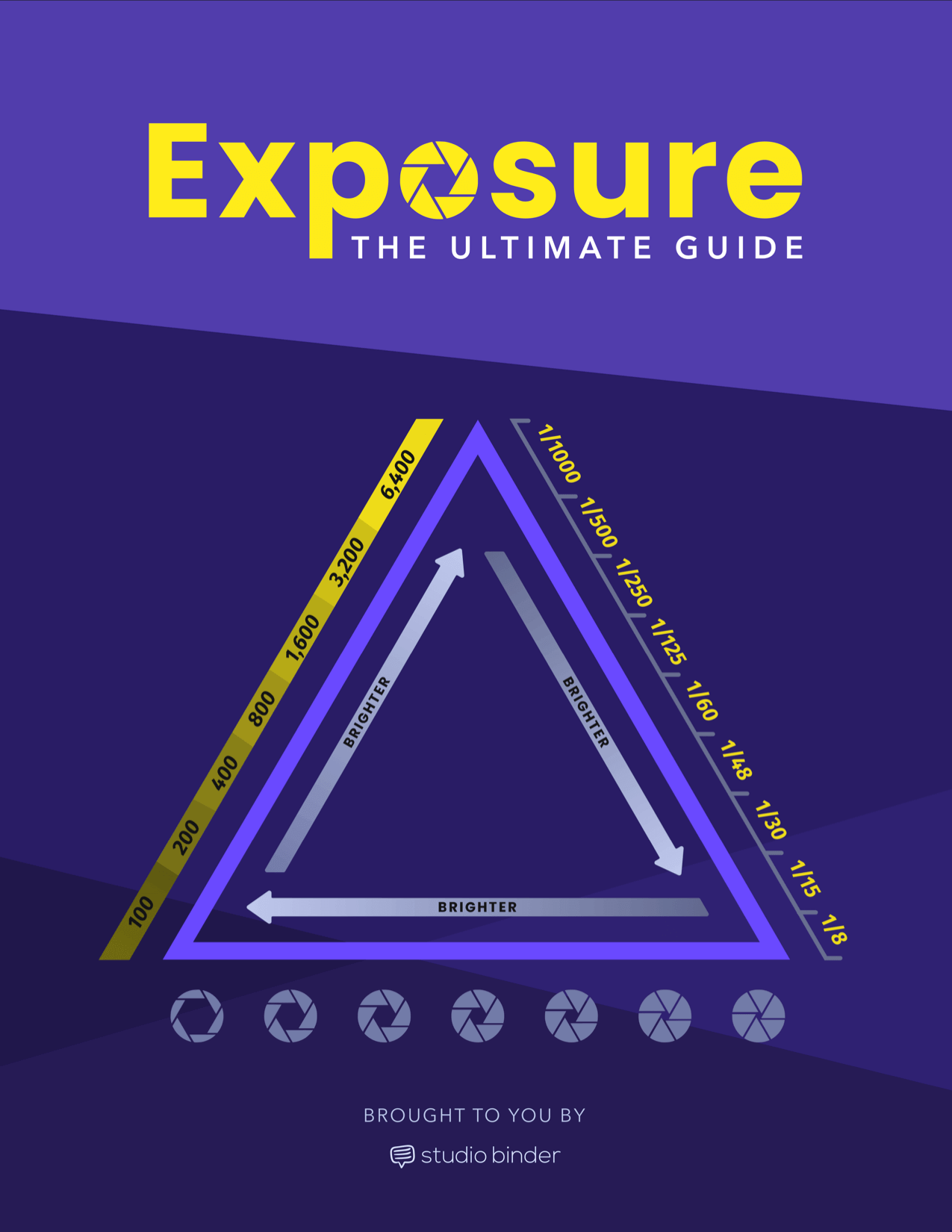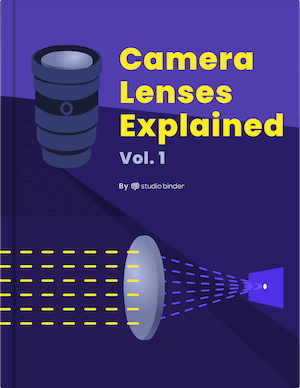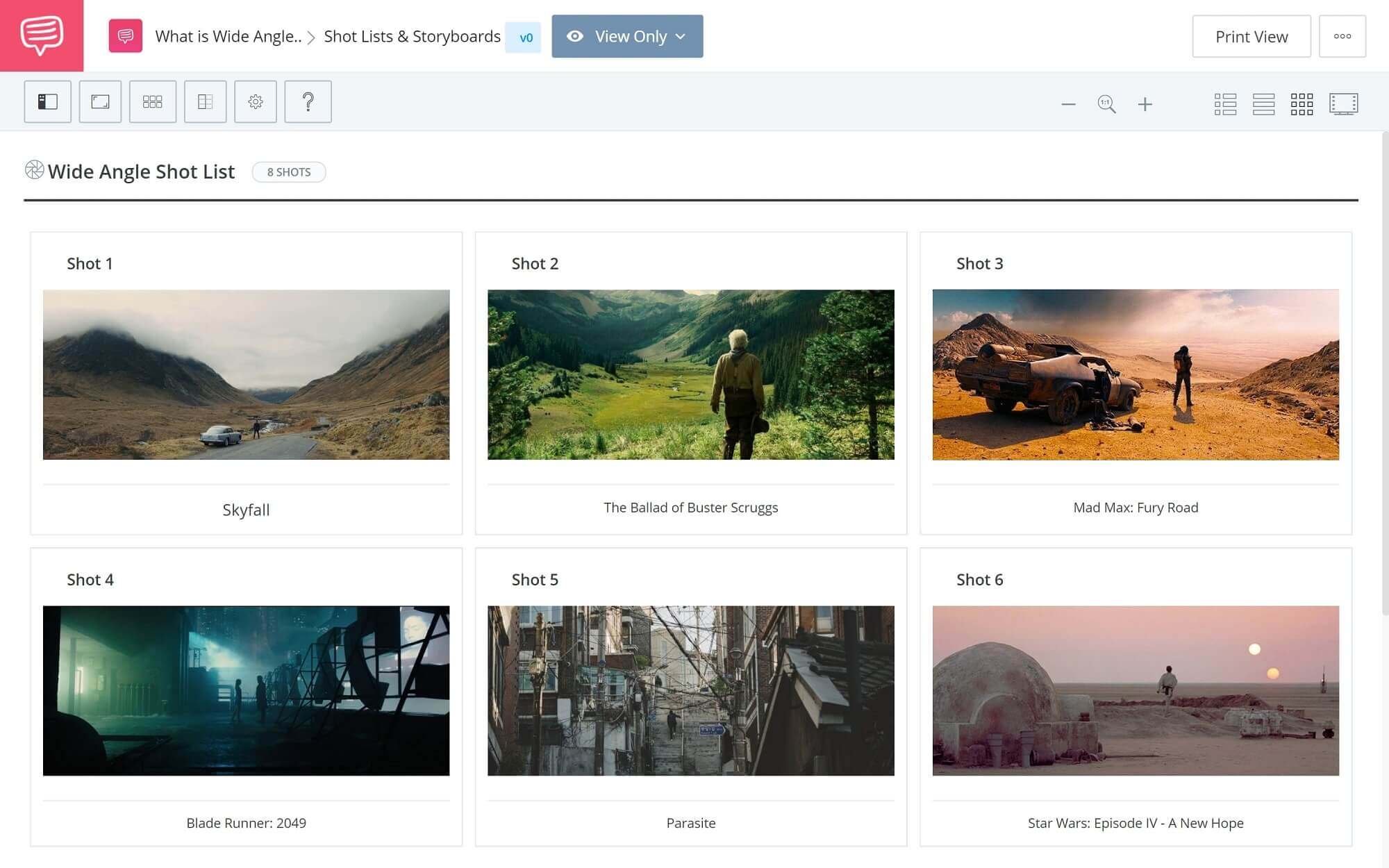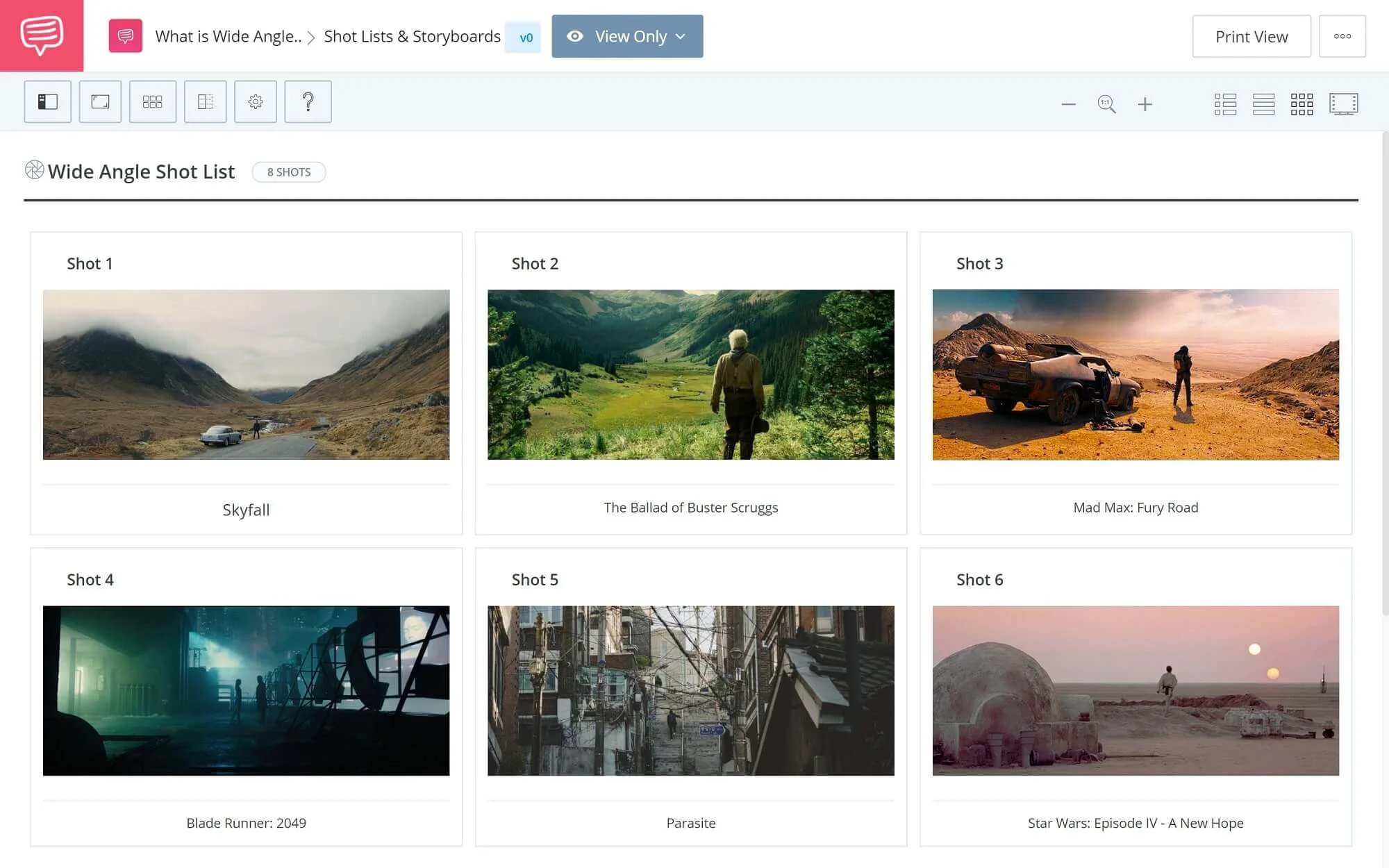The benefits of using a wide angle camera lens can be found in the work of some of the best filmmakers from Steven Spielberg to Roman Polanski to Stanley Kubrick. What is a wide angle lens used for? The answer to that varies. Wide angle lenses can create visual and psychological effects depending on how they are used. Understanding these different effects is a great way for any filmmaker to learn how to make a scene more immersive. Before we dive into when to use a wide angle lens in film, you may be wondering “What is a wide angle lens?”
Wide Angle Lens Meaning
First, let’s define wide angle lens
What does wide angle lens mean? There are many different types of camera lenses to choose from. And there can often be a gray area when it comes to focal lengths and the anatomy of a camera lens. While there are several focal lengths that may fall under the wide lens category, it is important to fundamentally understand what is considered a wide angle lens by definition.
WIDE ANGLE LENS DEFINITION
What is a wide angle lens?
A wide-angle lens is any lens with a set focal length that is shorter than the length of the sensor or film. For full frame sensors, a wide angle lens would be any lens with a focal length equal to or less than 35mm.
Any lens between 35mm and 24mm is considered a wide angle camera lens. Anything between 24 mm and 18mm is considered an ultra wide angle lens. Below 18mm enters fisheye lens territory. Fisheye lenses are common in action sports, but in photography and film can cause unwanted wide angle lens distortion.
What is a wide angle lens used for in film?
- Accentuating camera movement
- Establishing a more subjective point of view
- To create a larger frame for characters and settings
How does a wide angle lens work? Simply put, they have a short focal length and thus a wider field of view. Wide angles can come as fixed prime lenses or wide angle zoom lenses. To better understand wide lenses, it is important to understand how it compares to other lenses both technically and visually.
Before we get into the pros and cons of wide lenses, take a minute to download our FREE Ebook — Camera Lenses Explained Vol. 1 — where we cover everything you need to know about the different types of camera lenses, their unique visual characteristics, and how to use them.
Free downloadable bonus
FREE Download
Camera Lenses Explained
Every type of camera lens has distinct qualities and visual characteristics that every image-maker should understand. Download our FREE e-book to get in-depth explanations on prime vs. zoom lenses, anamorphic vs. spherical lenses, wide angle, standard, telephoto and even specialty lenses that all tell a slightly different story.
What is a wide angle lens in photography?
Telephoto lens vs wide angle lens
On the complete opposite side of the spectrum of focal lengths is telephoto lens. A telephoto lens has a longer focal length than a standard lens, yielding a magnified image and a narrow field of view. These lenses can range from 70mm - 300mm.
Visually, a telephoto lens vs wide angle lens is very different. In photography, a telephoto lens makes far away subjects appear closer. In wide angle lens photography, the subject becomes further away. Notice how a wide angle camera lens makes the mountain look further in the left photo below and a telephoto lens brings the mountain closer.
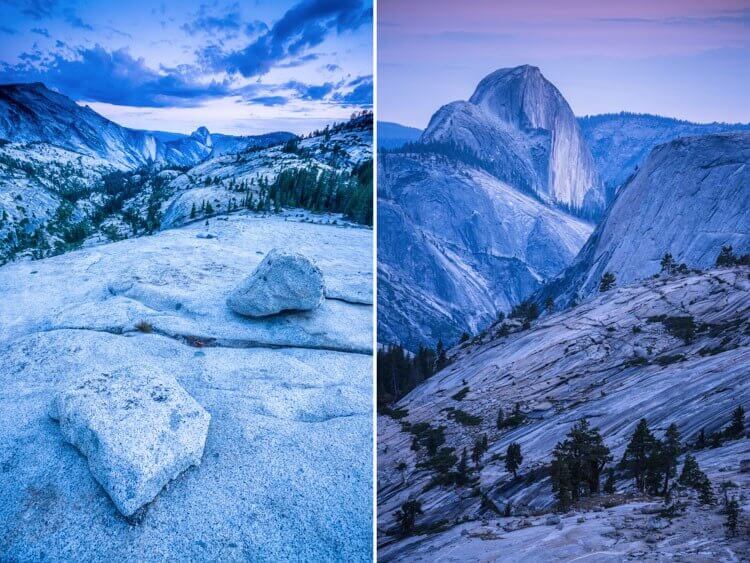
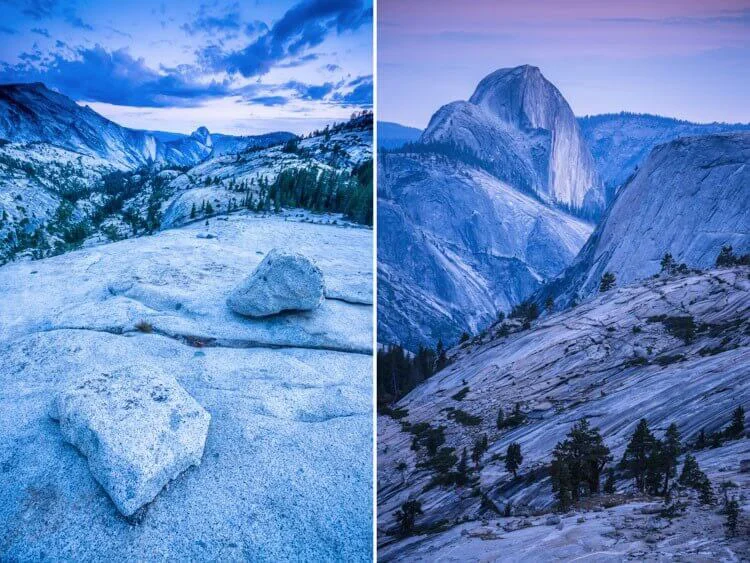

Telephoto lens vs wide angle
Wide angle lens photography is popular among adventure and outdoor photographers because they are able to fit vast landscapes into the frame especially when utilizing an ultra wide lens of 24mm - 18mm.
If you are debating whether or not you need a telephoto lens vs wide angle lens and decide on the former because you take close up photos keep in mind the wide angle macro lens. Although a wide lens is great for creating distance from a subject, a wide angle macro lens can be great in close proximity for close up photos.
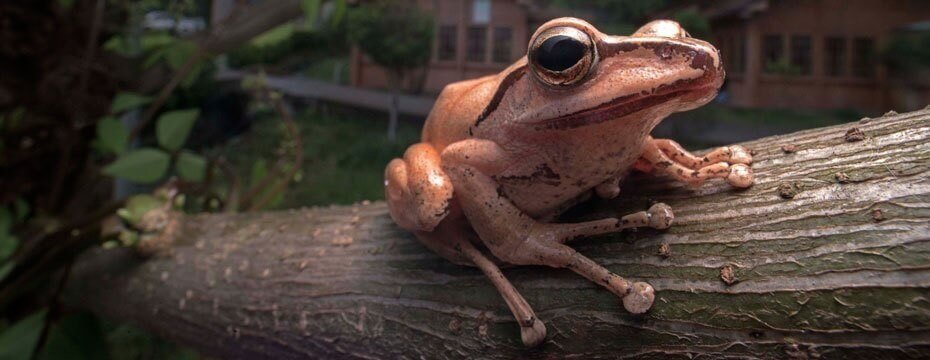
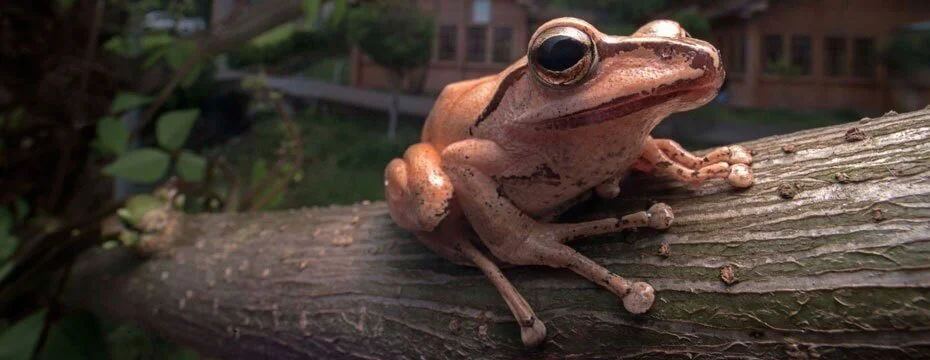

A wide angle macro lens is great for small subjects
This does, however, work best with small objects such as flowers, bugs, or other extreme close ups. Using it with a person as a subject would create a very unflattering photo. When used with the right subject, a wide angle macro lens can result in some very interesting and unique wide angle lens photography.

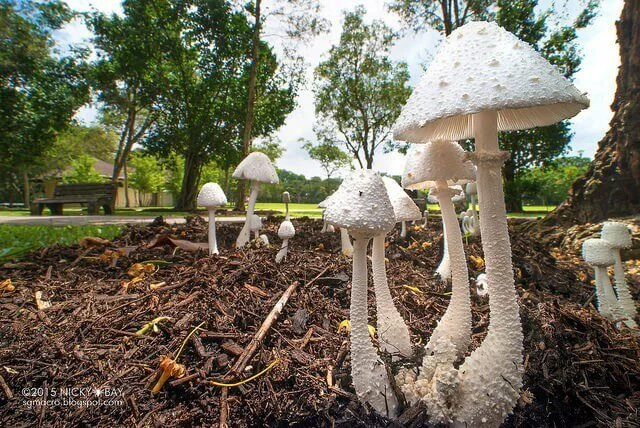

A wide angle macro lens can capture tiny details
Now that we’ve gone how to use a wide angle lens in photography, let’s dive into wide lens uses in filmmaking. What is a wide angle lens used for in cinematography? What does a wide angle lens do for a shot?
We’ll answer all of these common questions and get a better understanding of the visual and psychological effects that a wide lens produces. It is important to understand different wide angle lens techniques to accomplish the effect that your shot requires.
Wide Angle Camera Lens in FIlm
Use a wide angle to capture setting
One of the most fundamental reasons to use a wide lens is simply because you can fit more into the frame. What exactly would a director need to fit in the frame? The first would be the world of a film. Normal and telephoto lenses often do not create frames large enough to capture the details of a location or the production design of a scene.
Here's a primer on production design from our Filmmaking Techniques Masterclass, which also includes episodes on film tone and color theory.
Production Design Explained • Watch Entire Masterclass
Wide angle lenses, however, create a frame wide enough to capture expansive settings like empty deserts, concrete jungles, or eerie hotels. This is perfect for shooting establishing shots or extreme wide shots.
We brought some of our favorite stills into StudioBinder's Storyboard Creator to take a look at some wide shots that brilliantly establish the world of a film.
With a wide lens, you have many options for camera framing and shot composition. Notice the way most wide shots frame a subject to the scale of its surroundings. Sometimes they are encompassed by the dense cities around them while others face vast emptiness. While a lens such as the 50mm may capture a subject entirely as well, a wide lens creates a frame large enough to capture the depth of the film’s world.
In some of these, an ultra wide angle lens is used by the best cinematographers so that the horizon stretches from edge to edge of the frame creating a feeling that the world continues on past what we can see. This is important both visually and emotionally for films that root itself in a world of fantasy or in the historical past.
What is a Wide Angle Lens Used for in Film?
Blocking and staging wide shots
Although normal and telephoto lenses might be great for getting close up shots and facial expressions of an actor, they can fail to capture their actions and movements. Great directors often use a wide lens to shoot captivating wide shots.
Wide shots are necessary because they are able to capture the blocking and staging of a scene. Rather than only seeing a character’s upper body or face, we see their whole movements revealing action and body language. Allowing space for actors to perform with their entire body and interact with their environment brings a scene come to life.
Some of the best directors in history utilize a wide lens to create space in the frame for the blocking and staging necessary to tell the story. In this video, watch how Spielberg, Kubrick, and Iñárritu fill the frame of a wide shot with staging and blocking.
How Kubrick, Spielberg, and Inarritu Stage their Scenes • Subscribe on YouTube
One of the most notable examples of this can be found in the work of Steven Spielberg. Spielberg is notorious for his loyalty to the 21mm lens. This wide lens creates a perfectly sized frame for capturing Spielberg’s filmmaking style, masterful blocking, and his love of shooting long takes.
Spielberg’s use of the wide angle lens lends itself (no pun intended) to some of his most beautiful shots, the most memorable being his classic "oners." To keep these one shot scenes engaging and entertaining without cutting, Spielberg utilizes a wide lens to create space for both the scene’s setting and the characters’ blocking.
In this video, we dive into how Spielberg works with wide lenses and long takes in Jurassic Park.
What is a wide angle lens used for in Spielberg films? • Subscribe on YouTube
While the wide lens can be used at a distance to create a large canvas for filmmakers to compose complex shots, what does a wide angle lens do in close proximity to a subject?
Wide Angle Lens Uses
Creating a subjective perspective
In a standard dialogue scene, a wide lens is the difference between the audience feeling like they are listening to conversation versus being in the conversation.
One of the biggest proponents of using a wide lens to shoot dialogue is cinematographer Roger Deakins. Take a look at how he completely changes the feeling of this interview simply by changing the lens.
What is a wide angle lens used for in dialogue? • Roger Deakins Style
Wide angle lenses can also make you feel like you are in the middle of the film’s action. Normal lenses or telephoto lenses create a somewhat objective perspective that makes the audience feel like an observer. A wide lens, on the other hand, used in close proximity to a subject makes the audience feel like they are in the middle of the action. The result is a more immersive film.
What is a wide angle lens used for in action films? Let's go back to Deakins as he explains how he used a wide lens to create a more subjective experience in 1917.
How Deakins Shot a 'Oner' • Subscribe on YouTube
Wide lenses do a great job at putting the audience in the middle of the action. This creates an emotional and psychological engagement as the audience feel like they are physically closer to the film’s characters.
Establishing this subjective perspective for the audience is a way to make any scene more immersive. Another great way to do this with a wide lens is through the use of camera movement.
What is a Wide Angle Lens Used for?
Emphasizing camera movement
With a wide lens, camera movement is amplified whether it be a fast dolly shot or a slow push in. This technique can be found throughout the Coen Brothers’ filmography.
By combining a wide lens with forward camera movement, the Coen Brothers are able to give the audience the physical sensation of movement. Check out this shot from the film The Man Who Wasn’t There in which the Coens masterfully demonstrate how a wide lens combined with even a subtle push in can be very effective.
The Man Who Wasn’t There • I Just Cut Hair Scene
Camera movement can often play a very important role in how a shot or a scene feels. Using a wide lens is a great way to emphasize those movements to create a more dynamic and engaging shot. A wide lens can be used in combination with various camera movement techniques to create different effects.
Understanding these techniques will help any filmmaker find the best way to tell their story. Here's another episode from our Filmmaking Techniques Masterclass dedicated to moving the camera.
Directing Camera Movement • Subscribe on YouTube
Wide lenses are a great tool in any filmmakers toolkit. While there are obvious visual reasons to use a wide lens, the psychological effects shouldn't be ignored. Whether you want to create a more immersive experience for the audience, show off the production design, or give your actors space in the frame to perform with their whole bodies, a wide lens has many uses that can level up your filmmaking.
Free downloadable bonus
FREE Download
Camera Lenses Explained
Every type of camera lens has distinct qualities and visual characteristics that every image-maker should understand. Download our FREE e-book to get in-depth explanations on prime vs. zoom lenses, anamorphic vs. spherical lenses, wide angle, standard, telephoto and even specialty lenses that all tell a slightly different story.
UP NEXT
How telephoto lenses work
Although there are many benefits to the wide lens, there are many other lenses to choose from. Up next, we'll look at the telephoto lens and scenarios in which they might be the perfect lens to capture the perfect shot. It is only when you understand all the options available that you're able to make the best choices to enhance your visual storytelling.
Up Next: Telephoto lens guide →
Showcase your vision with elegant shot lists and storyboards.
Create robust and customizable shot lists. Upload images to make storyboards and slideshows.
